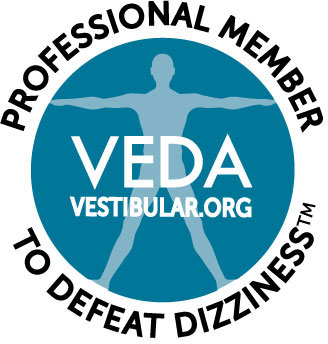Has your child been struggling in school? Does he or she have trouble concentrating, and get frustrated with reading and writing exercises? If so, you may have been advised by your child’s teacher to pursue testing for learning disabilities. Before doing this, however, we highly recommend bringing your child to Neuro Visual Center of New York to be tested for binocular vision dysfunction (BVD), a condition whose symptoms can be remarkably similar to that of certain learning disabilities. BVD can be treated with special aligning prismatic lenses.

Understanding BVD or Binocular Vision Dysfunction
One commonly undiagnosed form of BVD, vertical heterophoria, is a condition that occurs when the vertical alignment of your eyes is uneven. When your eyes aren’t properly aligned, your eye muscles have to work overtime to prevent you from seeing double. Over time, these muscles become strained from all the extra work, which is what causes the symptoms of BVD.
The primary symptoms of BVD include:
-
Headaches and migraines
-
Dizziness and lightheadedness
-
Vertigo
-
Trouble focusing
-
Difficulty reading
-
Irritability
-
Anxiety
-
Double vision
So what causes BVD? The condition can be inherited genetically, but it is also commonly the result of a head injury. A concussion can disrupt the vertical alignment of your eyes, leading to eye muscle strain and BVD. That’s why if your child experiences any common symptoms of post-concussive syndrome, such as headaches and dizziness, it’s crucial to have them tested for BVD.
Why BVD Is Often Mistaken for Learning Disabilities
When a child routinely has difficulty focusing in class, performs poorly on reading and writing exercises, and is generally irritable, the teacher will typically advise the parents to have the child tested for learning disabilities. It is unlikely that your child’s teacher has been educated about BVD, so they probably won’t think to mention it – but BVD is absolutely relevant.
Many of the symptoms of BVD overlap with symptoms of learning disabilities, which makes it impossible to discern between the two conditions without the proper medical exams. If you don’t have your child tested for BVD, you’ll never know if a visual impairment is really the root cause of your child’s difficulties in school – and your child may never receive effective treatment.
How We Test for BVD
Many people assume that a regular eye exam also measures the eyes’ vertical alignment. This is not true. Regular eye doctors don’t have the specialized equipment necessary to detect the miniscule misalignments in the eyes that cause BVD, so this disorder wouldn’t be revealed in a normal eye exam.
At Neuro Visual Center of New York, we use state-of-the-art technology to run extensive, highly specialized tests to detect eye misalignments. Dr. Cheryl Berger Israeloff has 20 years of experience diagnosing and treating BVD and related conditions. We treat the condition with custom aligning lenses, which have been proven to drastically reduce and sometimes eliminate all symptoms.
If your child is struggling in school and you think a learning disability may be to blame, we highly recommend having him or her tested for BVD. To learn more about this condition or to schedule an appointment, contact the Neuro Visual Center of New York today at (516) 224-4888.





